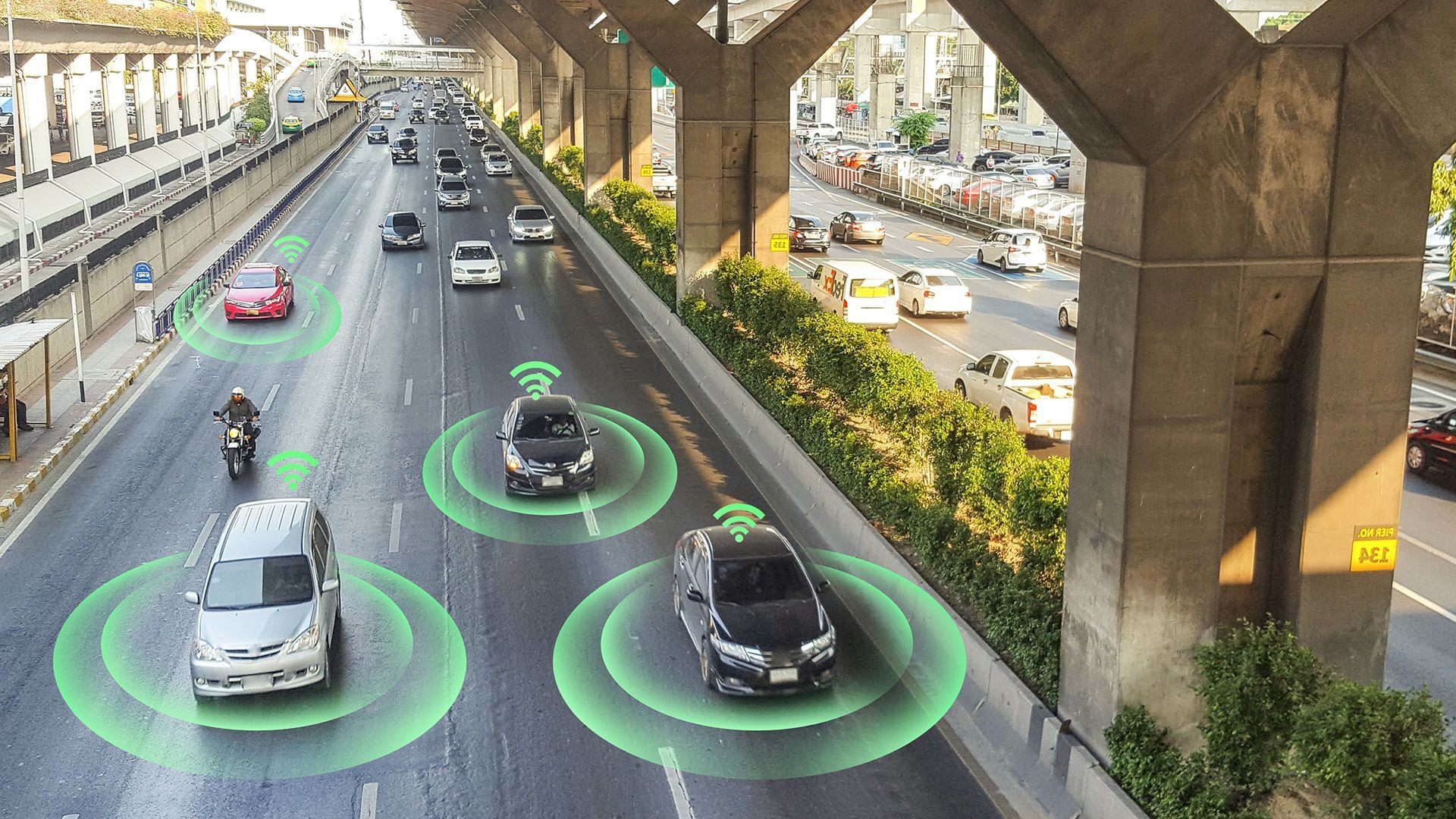What happens on the other side of the world? Today there is no longer even a need to go out and look for information in Internet: comes to us by itself through a notification from our favorite application, be it Twitter, TikTok, Facebook, etc. Everything is closer.
And this fast way of communicating translates into the word connectivity. Our world is more connected thanks to the technology. That is, the information no longer runs, now it flies; and we are becoming familiar with terms like 4G, 5G and, very soon, 6G.
READ ALSO: How to choose your first camera? Aspects to consider before buying a
But this does nothing more than graph an evolution that “It facilitates the connection of millions of people to the Internet simultaneously, which has a great impact on the development of thousands of communities”says Daniel Lozada, vice president of international sales for Hughes Peru.
in communication with Trade explained that digital connectivity allows the technological connection of different equipment. But not only this. The connection is possible in different parts of the world that join the global network of information technologies.
Going through several generations, the history of connectivity dates back to when it was only possible to transmit voice through mobile networks. Currently, 4G allows the transmission of data and multimedia messages at high speed, which is known as broadband. Later, the network changed to 5G and, in parallel, fixed networks migrated from copper to fiber optics.
“The evolution of connectivity has reached such a point that, in partnership with satellites, we can set ourselves the goal of achieving full connectivity in our region, where 123 million people live in rural areas that are not digitally included”Lozada commented on the opportunities that this technology offers.
This change brings us to 6G. The key word here is speed. Already in 2020, the Samsung company anticipated what this new generation would be about in the document 6G The next hyper-connected experience for all. He explains that “the current exponential growth of advanced technologies such as artificial intelligence (AI), robotics, and automation will usher in unprecedented paradigm shifts in wireless communication.” That is why 6G appears as the hyperconnectivity that will involve humans and everything else, for a better multimedia, immersive and high-fidelity experience.
6G and autonomous cars
In the first days of January it was learned that the Bosch company was taking new steps in the development of this technology to apply it to autonomous cars, or intelligent vehicles. The project is called 6G-ICAS4Mobility and will make communication between vehicles and the so-called Internet of Things (Internet of things) closer.

Germany intends to invest 700 million euros in this technology until 2025, as do other countries such as the United States, Japan, South Korea and China. It would be available from 2028.
And why try autonomous cars? The decision of the Bosch company is not accidental. This type of vehicle known for driving itself, for not needing a driver, having a large number of sensors, Internet access and artificial intelligence, is constantly making decisions.
At this point there are important factors, from data analysis (Data science) to communication between vehicles. “And the better the data and its management, the better the decisions will be, generating a positive impact on the reduction of accidents and, consequently, on the protection of more lives”Red Hat indicated to this newspaper.
Another detail of this sector is that “autonomous driving, electrification and fluid connectivity of vehicles represent a radical change in logistics and distribution circuits”. This change streamlines the vehicle experience and improves the sustainability of the automotive segment, according to the software company.
Connectivity in Peru
Unfortunately, while the world is already thinking about 6G, our country continues to aspire to expand and strengthen 4G connectivity. According to Lozada, the transition to the commercial offer of the 4G network in Peru occurred around the end of 2011.
“Currently, in Peru there is a penetration of 85% of the 3G network and 75% of the 4G network, which indicates that we must strengthen connectivity work in the latter, in order to prepare it for what will be the 5G era”indicated the spokesperson for Hughes Peru, a subsidiary of the company that works with satellite-based communications.
This technology will allow more people to access the Internet, through the installation of more antennas, which will also need satellite links to facilitate and optimize communication in the most remote places.
Now, the operation of 4G in Peru has improved in speed during 2022. According to figures from the Supervisory Agency for Private Investment in Telecommunications (Osiptel), the average speed of mobile internet in 4G networks has grown steadily since September 2022. At the national level, has registered a weighted average of 10.45 Mbps (megabits per second), being Claro, with 11.43 Mbps, and Entel, with 11.38 Mbps, the operating companies with the best performance, followed by Movistar (9.64 Mbps) and Bitel (7.74 Mbps).
The road is still long, and our country seems to be relegated. 6G connectivity will be the future. What will follow next?
Source: Elcomercio
I have worked in the news industry for over 10 years. I have a vast amount of experience in writing and reporting. I have also worked as an author for a number of years, writing about technology and other topics.
I am a highly skilled and experienced journalist, with a keen eye for detail. I am also an excellent communicator, with superb writing skills. I am passionate about technology and its impact on our world. I am also very interested in current affairs and the latest news stories.
I am a hardworking and dedicated professional, who always strives to produce the best possible work. I am also a team player, who is always willing to help out others.

:quality(75)/cloudfront-us-east-1.images.arcpublishing.com/elcomercio/MFJTGIO5VZBKPHAPOLXWB7FPBE.jpg)





